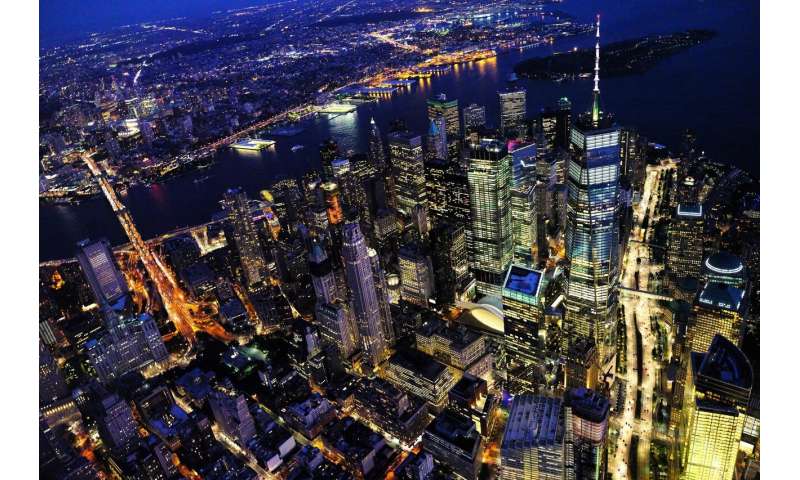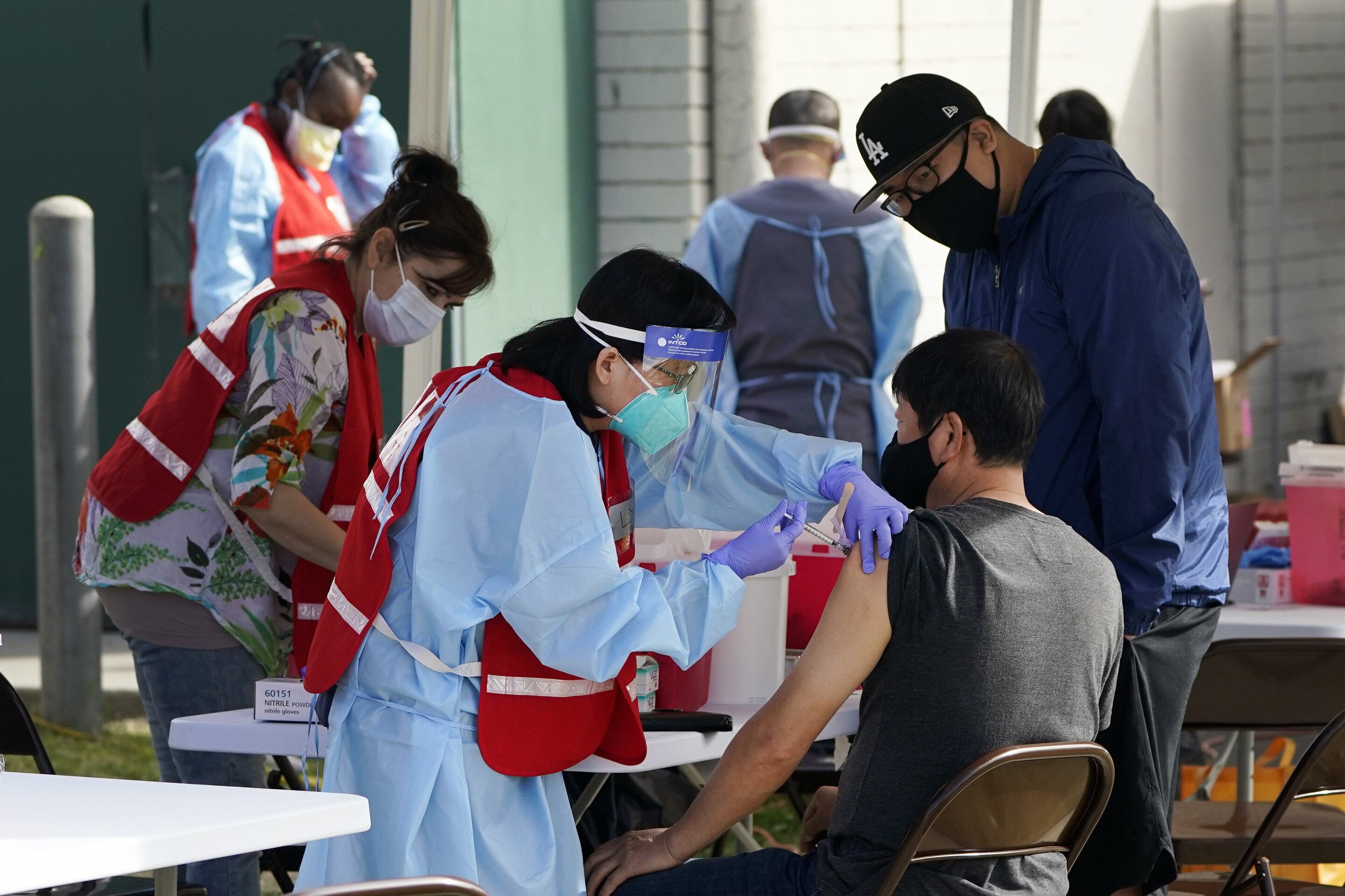#Study finds elevated soil lead levels in formerly industrial residential NYC neighborhoods
“#Study finds elevated soil lead levels in formerly industrial residential NYC neighborhoods”

Over the past 20 years, many areas within New York City have transitioned from industrial and manufacturing zones to residential neighborhoods. This brings families with young children to areas with a legacy of historic lead contamination in the soil.
Soil is an important exposure pathway for lead and a predictor of blood lead levels among children.
To compare soil lead concentrations in community parks and greenspaces between areas undergoing rapid redevelopment and land use changes and stable areas without redevelopment, CUNY SPH Assistant Professor Brian Pavilonis and Associate Professor Andrew Maroko conducted a study with Brooklyn College Professor Zhongqi Cheng published recently in the International Journal of Hygiene and Environmental Health.
The researchers identified three high- and three low-risk areas for lead contamination based on an additive index that included population growth, industrial land use, and new construction. They analyzed soil samples across 34 New York City parks and found that areas with a high-risk index had significantly larger mean concentrations of lead in soil and double the rate of children under the age of six years with blood lead levels greater than 5ug/dL (37.94 vs. 18.72 per 1000, respectively) compared to low-risk areas. There was a statistically significant positive correlation between street density, manufacturing/industrial land density and population density change within 0.40 kilometers of a park and soil lead concentrations.
These findings suggest that large population increases are occurring in areas with elevated soil lead levels. In the three high-risk areas investigated in this study, the population has increased by over 35,000 residents between 2010 to 2017 compared to just 8,500 in the low-risk areas.
“Even without knowing the cause of the lead contamination, it is concerning to have populations growing in areas which may pose a health risk,” said Maroko. “However, we do have to keep in mind that lead contamination is not something new in US cities—and certain populations, notably communities of color, have been dealing with these exposures for decades.”
“Areas in NYC that are undergoing redevelopment and population growth have high levels of lead contamination in soil compared to neighborhoods with stable population growth,” said Pavilonis. “Exposure to contaminated soil may account for increased blood lead levels in children living in these neighborhoods.”
Pavilonis adds that more research is needed to determine the overall contribution from this exposure pathway.
“Currently, we are measuring lead levels in soil throughout all parks in Brooklyn to determine the association between childhood blood lead levels and soil contamination,” he says.
More information:
Brian Pavilonis et al. Lead in New York City’s soils: Population growth, land use, and contamination, International Journal of Hygiene and Environmental Health (2020). DOI: 10.1016/j.ijheh.2020.113564
Study finds elevated soil lead levels in formerly industrial residential NYC neighborhoods (2020, June 30)
retrieved 30 June 2020
from https://phys.org/news/2020-06-elevated-soil-industrial-residential-nyc.html
This document is subject to copyright. Apart from any fair dealing for the purpose of private study or research, no
part may be reproduced without the written permission. The content is provided for information purposes only.
If you want to read more Like this articles, you can visit our Science category.
if you want to watch Movies or Tv Shows go to Dizi.BuradaBiliyorum.Com for forums sites go to Forum.BuradaBiliyorum.Com



